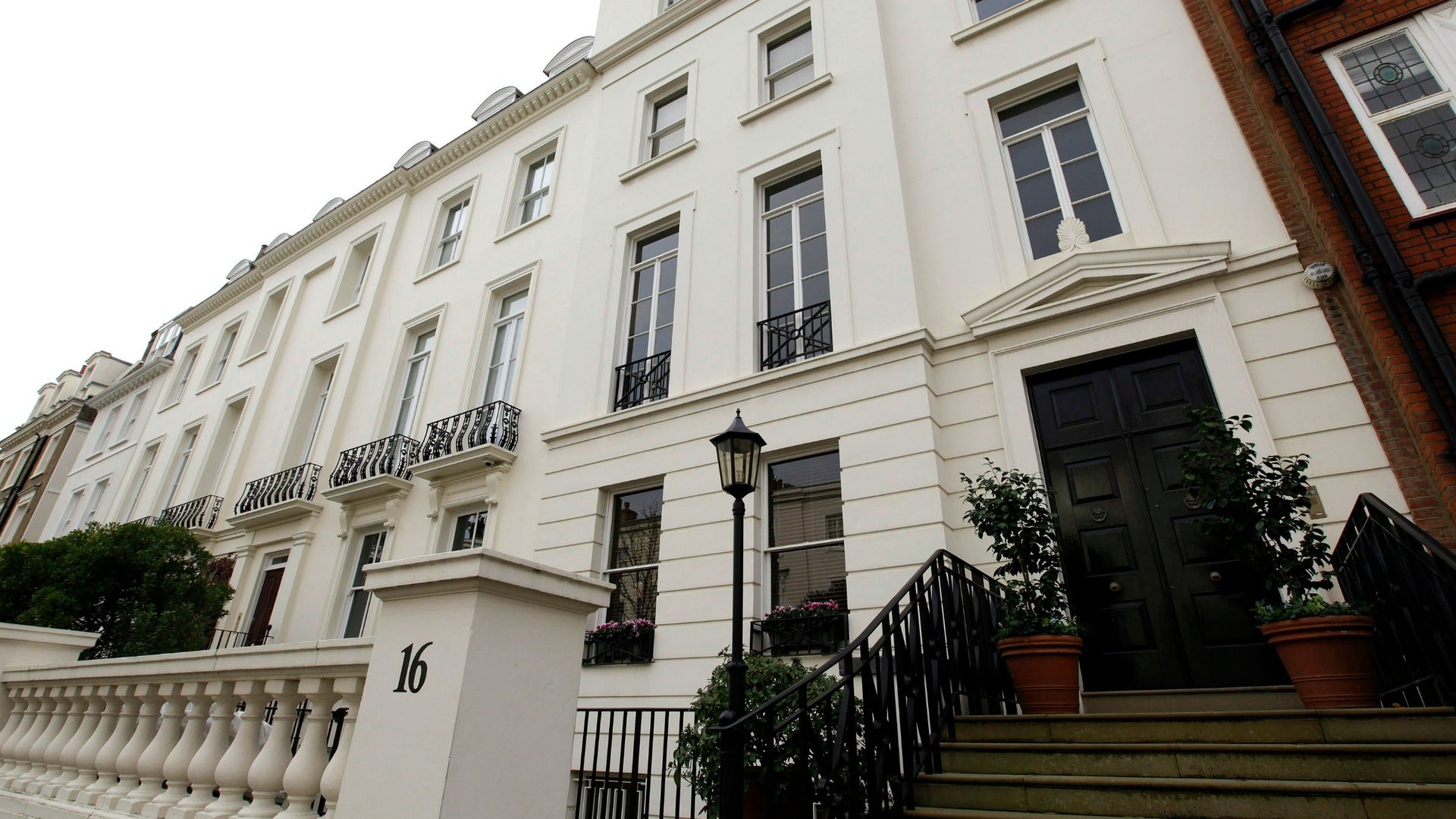London’s most bizarre luxury building trend is grinding to a halt
Pity the average London plutocrat searching for a decent home. Britain’s premier city may attract the super-wealthy like wasps to a sugar bowl, but from now on residents of many of London’s most expensive neighborhoods will more or less be banned from expanding their houses.


Pity the average London plutocrat searching for a decent home. Britain’s premier city may attract the super-wealthy like wasps to a sugar bowl, but from now on residents of many of London’s most expensive neighborhoods will more or less be banned from expanding their houses.
As of this week, Westminster Council (which governs Western Central London’s priciest districts) has vowed to severely restrict construction of what the UK media have been referring to as “iceberg homes.” The nickname refers to a peculiar new residential expansion model of digging mega-basements in order to skirt around strict zoning rules that prohibit most additions above ground (it’s an “iceberg” because what you see above ground is only the tip of a much larger whole). Now, thanks to official disapproval, it seems that this most bizarre of luxury building trends is grinding to a halt.
Iceberg homes became a phenomenon in the first place because, by some people’s standards, London’s luxury real estate isn’t really that luxurious at all. Prime neighborhoods such as Belgravia and Knightsbridge are filled mainly with Victorian buildings, built in an era when extravagance meant little more than carpets, hot water upstairs and enough room to separate the maids from the horses at night. Sumptuous by ordinary standards, these grand houses can seem a little poky to billionaires used to endless acres of flat space, and to swimming pools and cinemas in their own homes. Alas, with whole London streets protected by historical preservation orders, you can’t risk so much as trimming a hedge, let alone slapping a helipad on the roof. The answer for many ultra-rich owners looking to expand has been to build downwards, creating what are essentially the world’s fanciest basements.
And what basements they are. Iceberg homes’ lower quarters can go down three or four stories into the earth and contain swimming pools, spas, car lifts, gyms and cinemas, as well as windowless accommodation for the staff that service them. Thanks to extensive press coverage, they’ve caught the London public’s imagination in ways both negative and positive.
Certainly, there’s something undeniably cool about being rich enough to build a secret lair and pretend you’re Batman. On the other hand, Iceberg homes have also been read as proof of how weird London’s super rich are, half the time living out of town, the other half squirreled away in sunless caverns of chrome and onyx. It’s no wonder iceberg homes quickly become identified with any misdeeds their owners get up to.
These subterranean extensions have the virtue of not scarring a neighborhood’s surface appearance, but they can still make neighbors’ lives hell. Taking years to excavate, they treat their host streets to a daily diet of unremitting noise and disruption. The sheer tonnage of earth removed also means that there’s less around to soak up rain, boosting the risk of flooding. London’s iceberg home builders are well connected—they include billionaire Roman Abramovich and Leonard Blavatnik, the UK’s second richest man—but the neighbors they’re inconveniencing aren’t exactly poor or without influence either. Iceberg homes’ opponents have included such high-profile figures as Nigella Lawson and the Duchess of St. Albans.
While this group of well-heeled protestors don’t exactly make the most poignant of victims, their ire is understandable, and the weight of officialdom has now swung behind them. The borough of Kensington and Chelsea moved to restrict further iceberg homes this spring, and was joined last week by its eastern neighbor the City of Westminster. While iceberg homes have been spotted in wealthy inner suburbs such as Wandsworth and Hampstead, Kensington and Westminster combined are the prime sites for them and thus have the power to spike the trend if they wish. They’ve pretty much done just that. From now on, basement additions in the area will be approved only for properties that go down a single floor and cover 50% of the footprint of the property’s garden, which is rarely that big in Central London even for luxury housing. While you might still get the odd pool or garage squeezed in, the days of underground mansions should be a thing of the past.
Neighbors of prospective iceberg homes builders can now get some peace, but in some ways the basements weren’t necessarily such a terrible thing for the wider public. London is a city where year after year, the wealthy ripple out from their traditional homes and create waves of displacement. The super rich supplant the merely wealthy, the prosperous out-price the modest, and these people in turn snatch what’s left from the hands of the poor. These subterranean monster mansions may be monuments to excess, but at least they helped the city’s elite stay in neighborhoods that were built with them in mind.
Feargus O’Sullivan covers Europe for The Atlantic Cities.